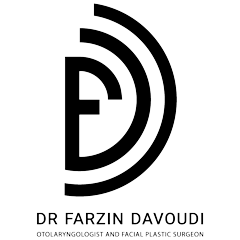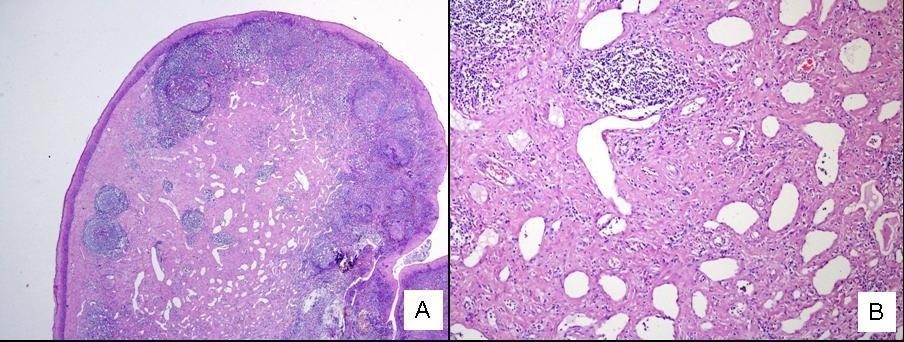According to Dr. Farzin Davoudi’s official website, Diffuse Idiopathic Skeletal Hyperostosis (DISH) is a rare non-inflammatory disorder that primarily affects the longitudinal ligaments of the spine. This condition gradually leads to stiffness and ossification of the affected areas and, in rare cases, can cause dysphagia (difficulty swallowing) or respiratory problems. A recent article authored by Dr. Davoudi, published in Case Reports in Radiology, reviews a rare case of this disease and its effects on a 72-year-old patient.
Significance of the Article:
DISH is commonly observed in middle-aged and elderly men, and many patients remain asymptomatic. However, in rare instances such as the case discussed in this article, the disease can lead to serious complications including dysphagia and swallowing difficulties. This article highlights the importance of timely diagnosis and provides physicians with strategies for managing these rare presentations.
Case Description:
The patient, a 72-year-old man, presented to the hospital complaining of dysphagia to solid foods. His symptoms began approximately three months prior and were accompanied by neck stiffness and severe pain in the cervical region. Radiographic imaging and CT scans revealed hyperostosis in the cervical spine, causing compression of the esophagus. Due to the patient’s cardiac condition and the high risk associated with surgery, a conservative treatment plan was implemented, including nonsteroidal anti-inflammatory drugs (NSAIDs) and physiotherapy.
Outcomes:
The patient underwent conservative treatment and, after two years of follow-up, showed improvement in dysphagia symptoms. During this period, non-surgical methods reduced symptoms and significantly enhanced the patient’s quality of life. This case demonstrates the effectiveness of conservative management for DISH patients with high surgical risks.
Conclusion:
The study by Dr. Farzin Davoudi and colleagues presents a rare case of DISH with progressive dysphagia. It emphasizes that when surgery is contraindicated due to patient conditions, conservative treatments can be an appropriate option to alleviate symptoms and improve quality of life.
Access to the Full Article:
This article is published online in Case Reports in Radiology. To view the full text, please follow the link below:









